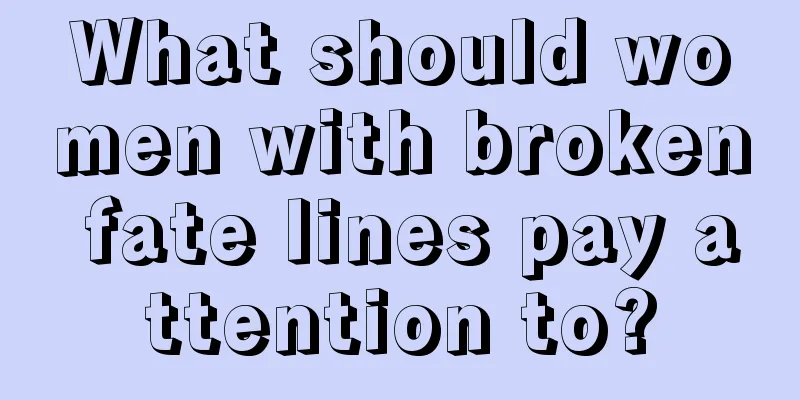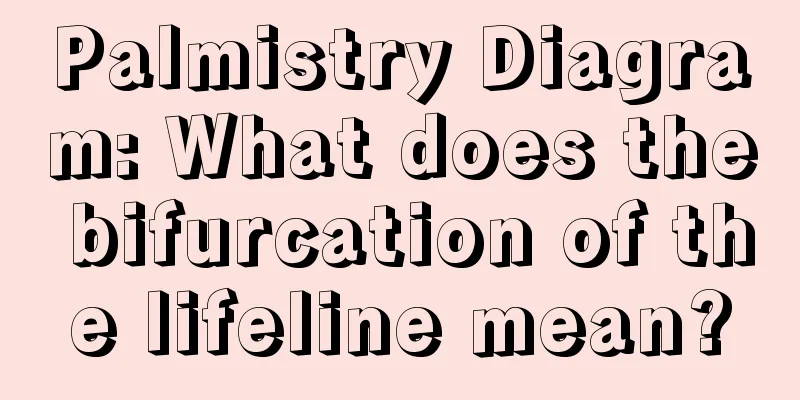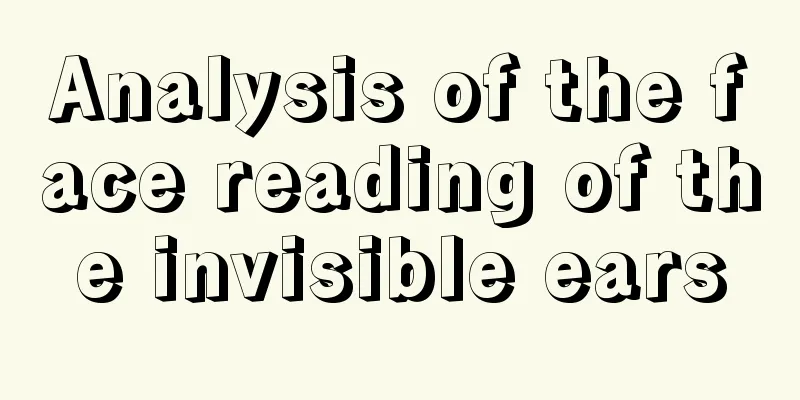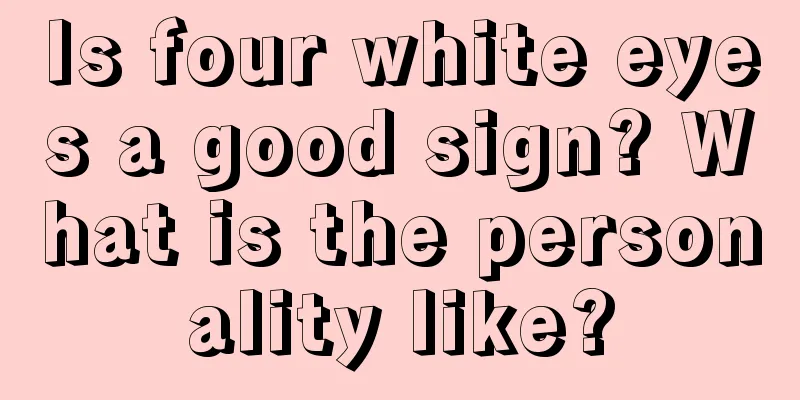Why blockchain holds the key to solving the distributed patient data dilemma
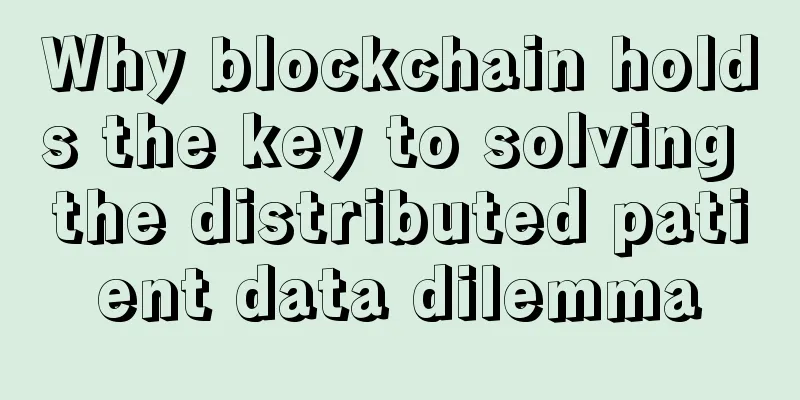
|
The financial industry has rapidly accelerated its involvement in blockchain development, including through the establishment of cooperative alliances (such as R3 CEV) and participation in financial technology startup projects. As the basis of Bitcoin, blockchain's distributed encrypted ledger provides a new type of data structure that is expected to provide broader benefits beyond existing technologies in the next decade. The discussion about blockchain is at a fever pitch. But many of us can’t help but feel that blockchain is at a stage of development and it may become the next stage of development of the Internet, which will greatly improve the security of the data flowing in our transactions. The reason is simple, we need the cryptographic security and distributed data structure of blockchain to handle the wealth of data. At the very least, blockchain will bring about a sea change in the healthcare industry, where patient data is now scattered across an increasingly fragmented repository. As home wearables, smartphone software and sensors become more mainstream, resulting in an explosion of data outside of the electronic health record (EHR), the interoperability challenges facing the healthcare industry are likely to only become more severe in the medium term. We believe that many bottlenecks in the healthcare industry are caused by the inability to integrate non-HER data into the record, thereby preventing it from becoming actionable information for clinicians. This is partly due to the lack of stickiness of most wearable devices, as the data collected is locked in the app and unable to provide actionable feedback to those who need it most. Blockchain is one of the solutions to the problem of large amounts of health data being locked away and unable to be used in diagnostic processes and wider medical research, and its importance is growing due to the distributed and traceable nature of the technology. At the same time, the number of medical data security breaches is reaching epic proportions, including hospitals being held hostage by ransomware in the past year. For example, blockchain could give us more control over who can use our data in clinical research while still maintaining a high level of security. Blockchain’s smart contract capabilities can also bring a sharing economy to medical technology, such as medical research intelligence systems (MRIs), where expensive machines that sometimes sit idle can leverage IoT and blockchain and enable new business models for scheduling and local options for consumers. Blockchain technology has also recently been used to help raise funds for new HIV research. UBS Bank donated code to the As the healthcare industry moves beyond siloed HER and slowly moves into the API economy, we could eventually see a post-HER based on distributed databases and more patient-centric controls. Blockchain will play a major supporting role in this gradual transition, evaluating data liquidity vs. data capture, and patient-centric vs. provider-centric solutions. This will be great news for consumers and those interested in health, but it won’t happen overnight. We need to get the openness of blockchain that previous technologies haven’t. In order to change these entrenched old ways, we’re going to need a lot of experimentation. |
Recommend
What are the characteristics of a lonely face? What kind of people are likely to be lonely until old age?
Everyone hopes that they can have a wealthy life,...
What are the upturned moon lips? Analysis of the standard upturned moon lips
Many people don’t know what crescent lips are. In...
Appearance is determined by the heart! The face is right, the heart is right, the facial features are not right, the mind is not right
What are facial features? The so-called five feat...
If you are cheated when buying USDT virtual currency, the lawyer will teach you how to report to the police
Always trust the police Since ancient times, true...
Will you miss the chance to become a millionaire? ★ Palm lines and hand readings ★
Let’s talk about the influence of the money line....
What does a narrow forehead mean?
A person with narrow eyebrows (narrow yintang) me...
Tesla Model 3 pre-sales are booming, and a BitGo engineer ordered one with Bitcoin
Bitcoin has developed all the way to today, and m...
What are the consequences of a broken root?
What are the consequences of a broken root? What ...
How to resolve the fate of a second marriage? Which faces are destined to have a second marriage?
One’s fortune can be seen from his face, and his ...
How does a boy with a crooked chin look like?
Generally speaking, everyone's face has irreg...
5 pictures to show you the development of Bitcoin
Although Bitcoin in 2015 did not have the unprece...
The design of Bitcoin as seen from the doubts about Li Ka-shing
Chapter 0 Introduction Because Li Ka-shing has wi...
What kind of face does a woman have a weird temper?
I believe everyone has heard of the phrase "...
Miner operation record: Filecoin test network mining only takes 13 steps
Recently, the decentralized storage project Filec...
What does a woman with androgynous eyes look like?
Not all people's eyes are the same size. Andr...

